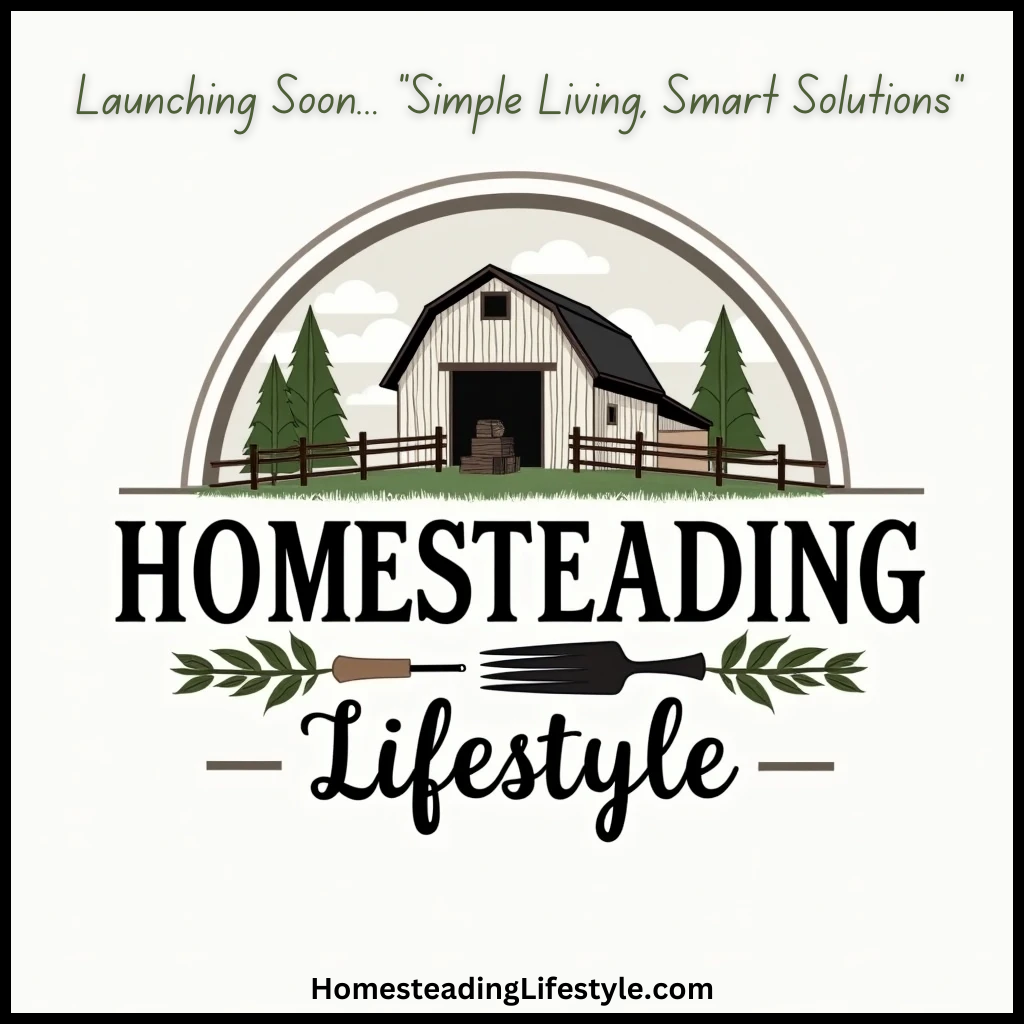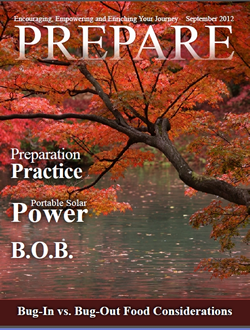Understanding the Benefits of Native Plants
Enhancing Local Biodiversity
One of the coolest parts about using native plants in my landscaping is how they contribute to local biodiversity. These plants have evolved over time in our local ecosystems, making them perfectly suited for our weather and soil conditions. This means they need less water and care, which is a win-win for both me and the environment.
When I fill my garden with native plants, I’m not just beautifying my space; I’m providing habitats for local wildlife—think butterflies, bees, and birds. By creating an inviting ecosystem, I’m doing my bit to support the circle of life right in my backyard!
Plus, healthy ecosystems can help control pests naturally. Since native plants often attract beneficial insects, like ladybugs and predatory wasps, I find that I rarely have to resort to chemical pest control methods. It’s a smarter, more sustainable way to garden.
Lower Maintenance Requirements
Let’s be honest—who has time to babysit a high-maintenance garden? Native plants typically require less watering and fertilizing than non-natives, which means I spend less time on upkeep and more time enjoying my garden. After all, gardening should be enjoyable, not a chore, right?
In my experience, planting natives often leads to a naturally self-sustaining landscape. They’re adapted to thrive in local conditions, so I don’t have to stress about whether I’m providing enough water or nutrients to keep them alive.
Moreover, native plants usually resist pests and diseases better than exotic varieties. This translates to fewer headaches for me in diagnosing issues and implementing solutions. Honestly, I could get used to this level of simplicity!
Cost-Effectiveness
Leading into the next benefit, let’s talk dollars. Since native plants usually thrive without all that extra attention, I find that I save money in the long run. No expensive fertilizers or extensive irrigation systems needed here!
Additionally, local nurseries often sell native plants at reasonable prices, and since I’ve plunged into it, I’ve enjoyed some great deals. The more I talk to the locals, the more I discover gems hidden in my area.
In many cases, I’ve even discovered that these green beauties will multiply over time. A few strategically placed natives can lead to a garden teeming with life without constant financial input. It’s a beautiful cycle of growth—both in my garden and in my wallet!
Choosing the Right Native Plants
Researching Local Species
My first step was to dive into research—I wanted to know which native plants thrive in my area. There are heaps of online resources, including databases dedicated to regional plants! I found it super helpful to attend local gardening workshops too. Engaging with fellow gardeners brought tons of insights I wouldn’t have found on my own.
Another major plus is that often local extension services provide valuable information. Connecting with these organizations pushed me toward the right plant choices, ensuring I set myself up for success right from the get-go.
Talking to neighbors or local botanists can also uncover hidden gems in my area that I may never have thought to consider. Making connections in my community has fueled my passion for gardening even more!
Design Tips for Incorporating Natives
When it came to incorporating these native plants into my landscaping, design was key. I started small, mixing perennials, shrubs, and even some groundcovers into my existing flowerbeds. Layering heights and textures made my garden visually appealing while attracting a variety of wildlife, which I’m quite fond of!
I also experimented with concepts like “planting in drifts.” This strategy gives a more natural look and is something I learned through trial and error. Watching the seasons change while they bloom made this an exciting journey that I wholeheartedly recommend!
And I advise keeping in mind the color palette. Native plants provide unbelievable colors and shapes. Letting these beauty stand out often means less fuss when it comes to selecting complementary flowers or accessories. Keeping it simple is sometimes the best path forward!
Creating a Maintenance Plan
While native plants require less maintenance, planning is still key! I found that setting aside time during my week for quick checks keeps everything in shape. It’s virtually hassle-free to keep an eye on things and ensure nothing gets too wild.
Weeding became a breeze for me, especially as I learned about the plants I had chosen. Understanding their growth patterns meant I could anticipate issues before they became unmanageable. Prepping my tools for easy access also helped streamline my gardening sessions.
Embracing seasonal checks became a fun ritual too! From pruning dead branches in winter to celebrating the blooms in spring, I found that having a plan helped me stay connected to my garden and enjoy it fully.
Engaging the Community in Your Native Plant Journey
Sharing Knowledge and Experiences
One thing I’ve loved about my journey with native plants is sharing it with others. I’ve joined social media groups where I can show off my achievements and learn from others too. It’s a community filled with encouragement!
Hosting garden tours or sharing cuttings and seeds with neighbors not only spreads native plants but strengthens friendships. People appreciate the personal touch, and I enjoy sharing something I’ve worked hard on with the folks around me.
Participating in local gardening clubs has been a game-changer. The conversations and collective wisdom from members is priceless! I often walk away with tips I’d never have thought of on my own.
Participating in Local Events
Another way I’ve engaged with the community is through local plant sales or gardening festivals. Picking up native plants while chatting with experienced local gardeners has been an incredibly enriching experience. Plus, I’m supporting our local businesses!
These events tend to include workshops too. I can’t tell you how much I’ve learned just by attending different talks. It’s like a crash course in native landscaping, all in a fun social setting!
Getting involved in community beautification projects has also been rewarding. Working side by side with like-minded individuals is fulfilling and gives me a sense of purpose beyond my own garden.
Creating a Local Native Plant Network
In my quest to utilize as many native plants as possible, I soon realized the power of networking. Starting or joining a local native plant society can open up countless doors! We can trade resources, knowledge, and even plants with each other, truly amplifying our collective efforts.
During meetings, sharing successes and challenges keeps everyone motivated. Plus, I never miss a chance to learn about new native options I hadn’t thought of before. It’s amazing how collaboration can turn individual passions into community-wide movements!
All in all, building a network that shares my passion for native plants has enriched my experience way beyond what I could’ve done alone. Together, we’re making small changes that lead to fantastic outcomes.
Conclusion
Incorporating native plants into my homestead landscaping has been an incredible journey. From learning about the local flora and fauna to engaging with my community, every step has taught me the value of a well-planned, sustainable garden. I invite you to explore this path too; it’s rewarding beyond measure!
Frequently Asked Questions
1. What are the main benefits of using native plants in landscaping?
Native plants enhance biodiversity, have lower maintenance requirements, and are usually more cost-effective in the long run.
2. How do I choose the right native plants for my area?
Research your local species through online resources, speak to local gardening clubs, and reach out to extension services for guidance on the best native plants for your region.
3. What are some design tips for incorporating native plants?
Plant natives in drifts, layer various heights and textures, and consider how color palettes work together to create an attractive garden that thrives naturally.
4. How can I engage my community in my gardening journey?
Share your knowledge and experiences, participate in local events, and create or join a local network to foster connections and share resources.
5. Is it truly less expensive to use native plants?
Yes! Native plants typically require less maintenance, fewer resources, and offer sustainable growth, ultimately saving you time and money.





